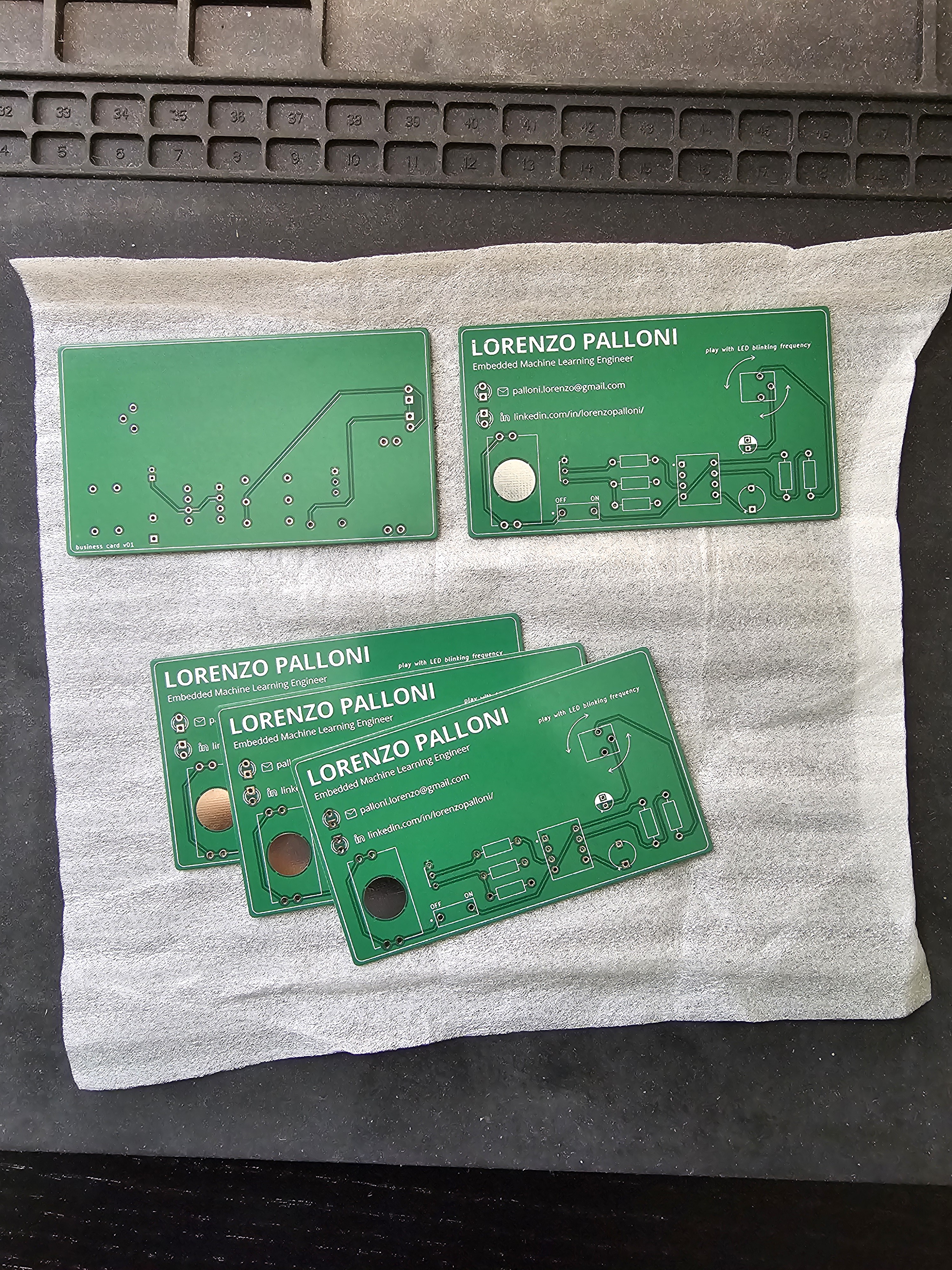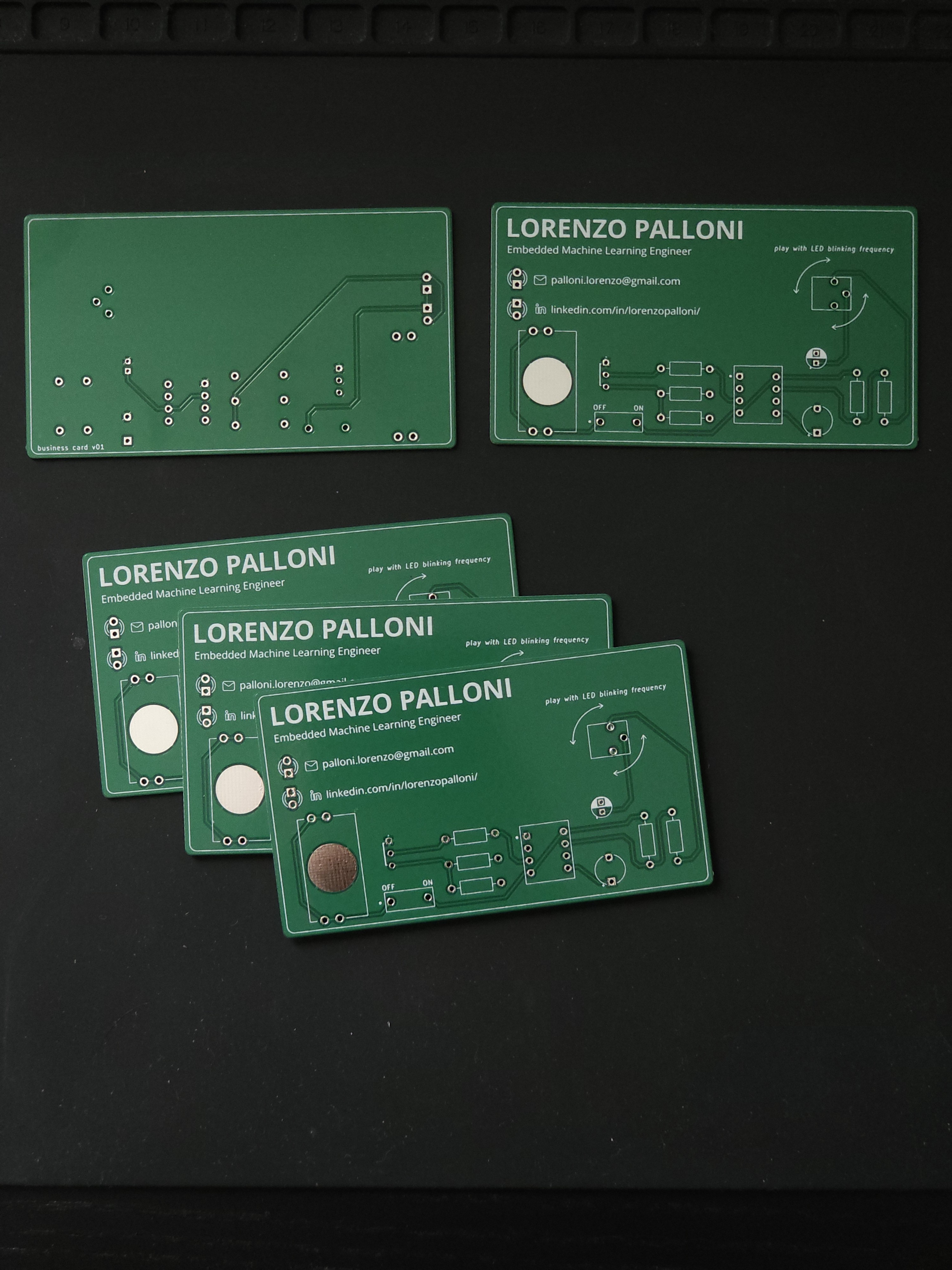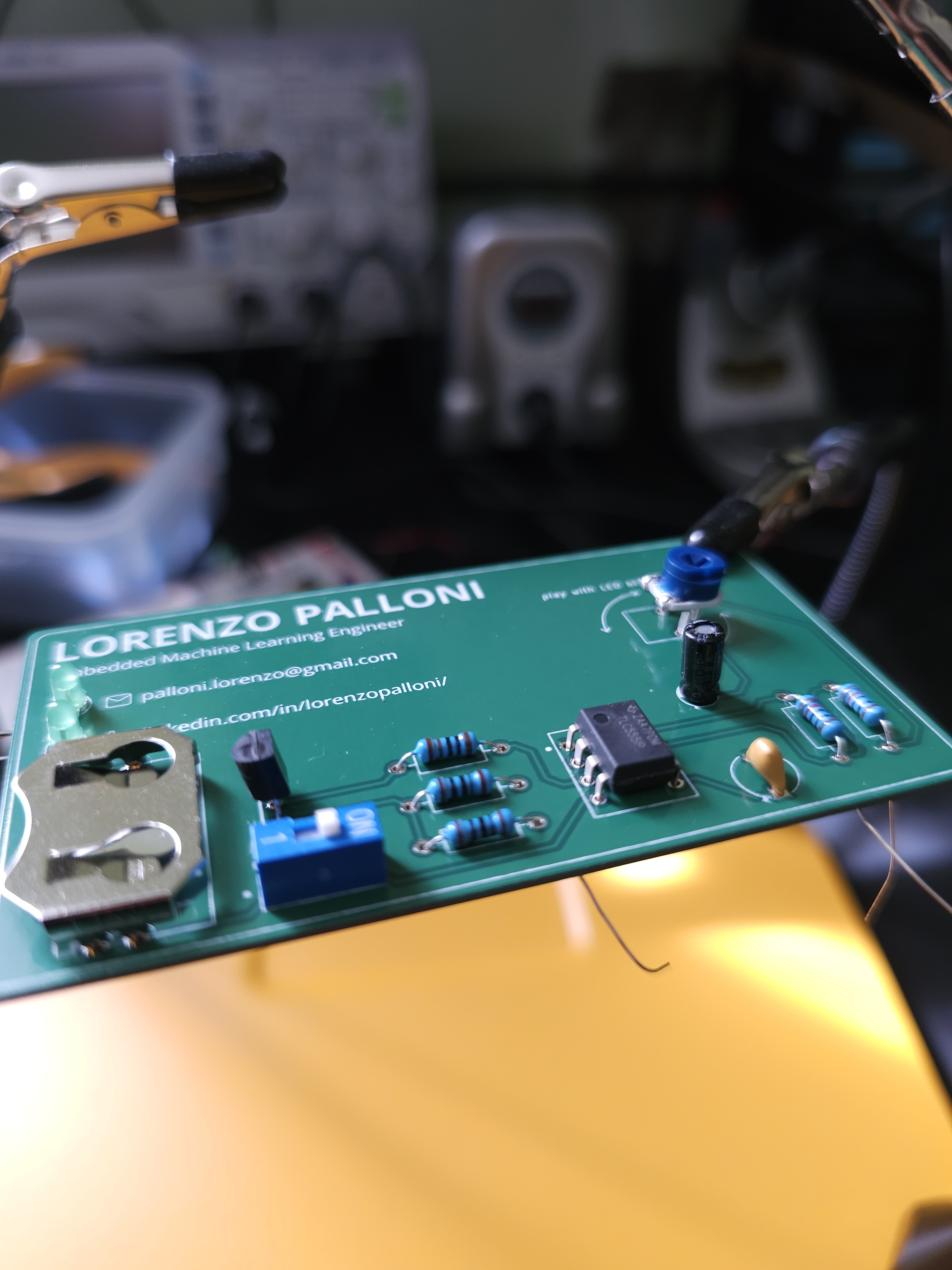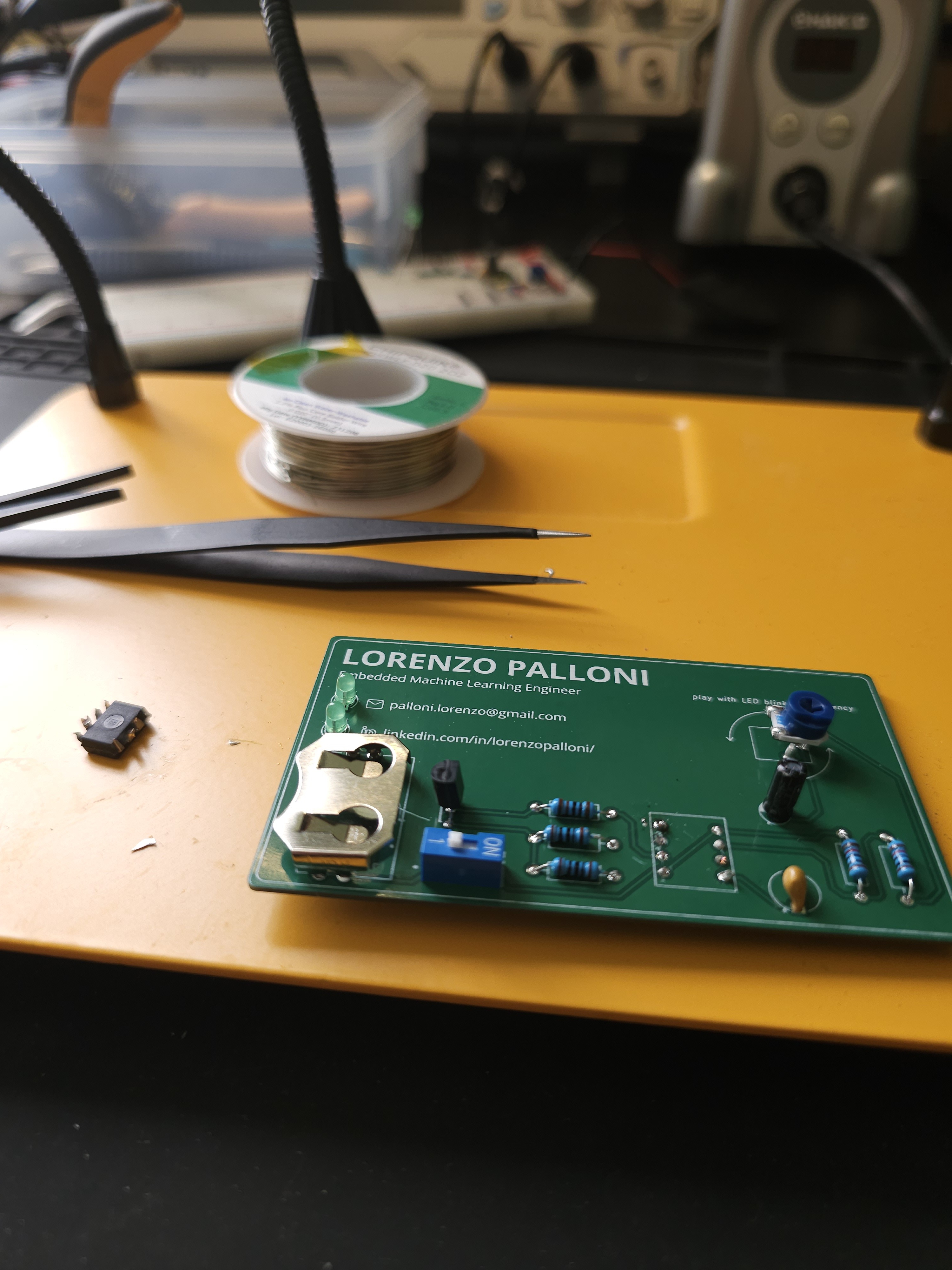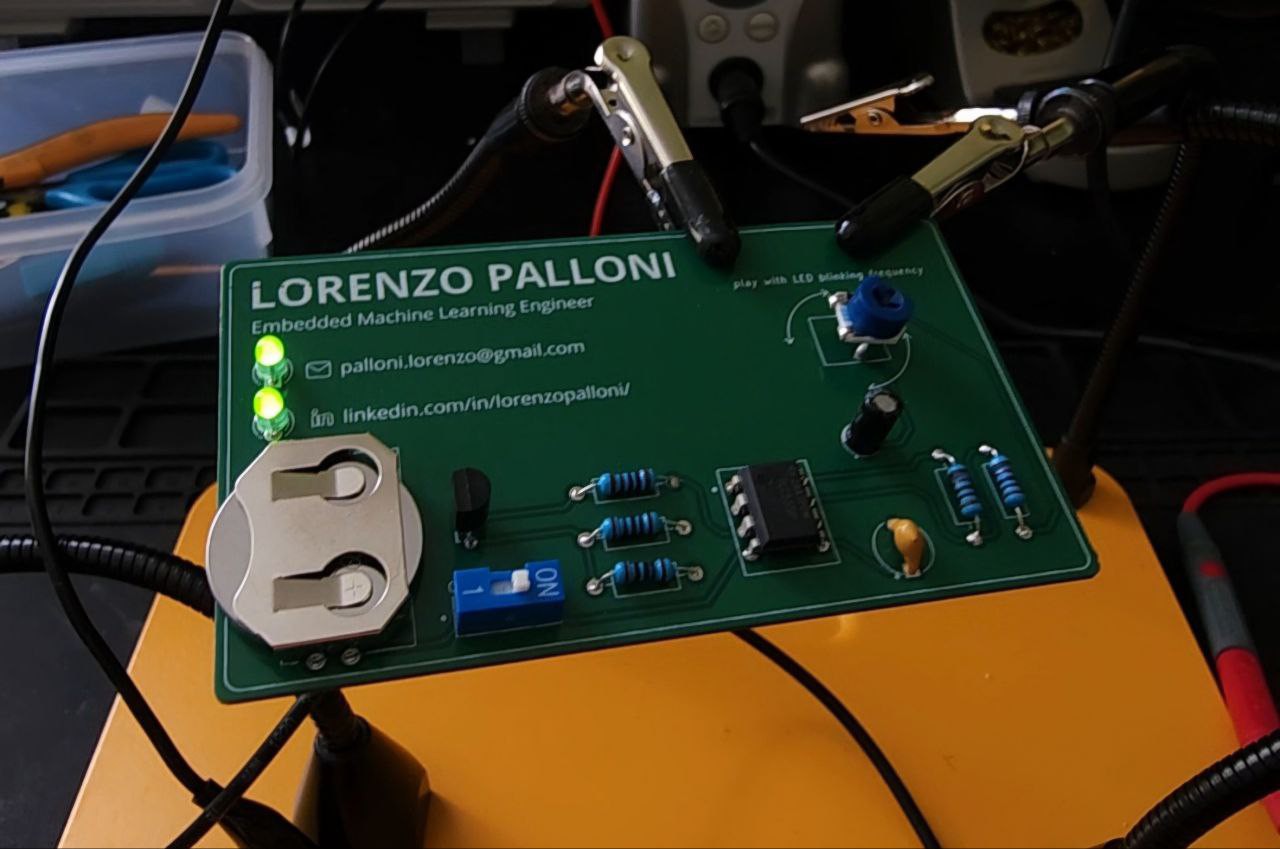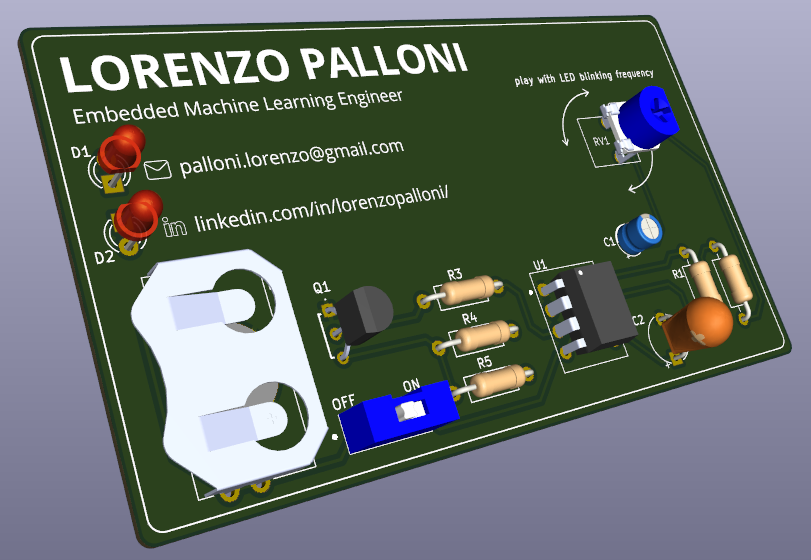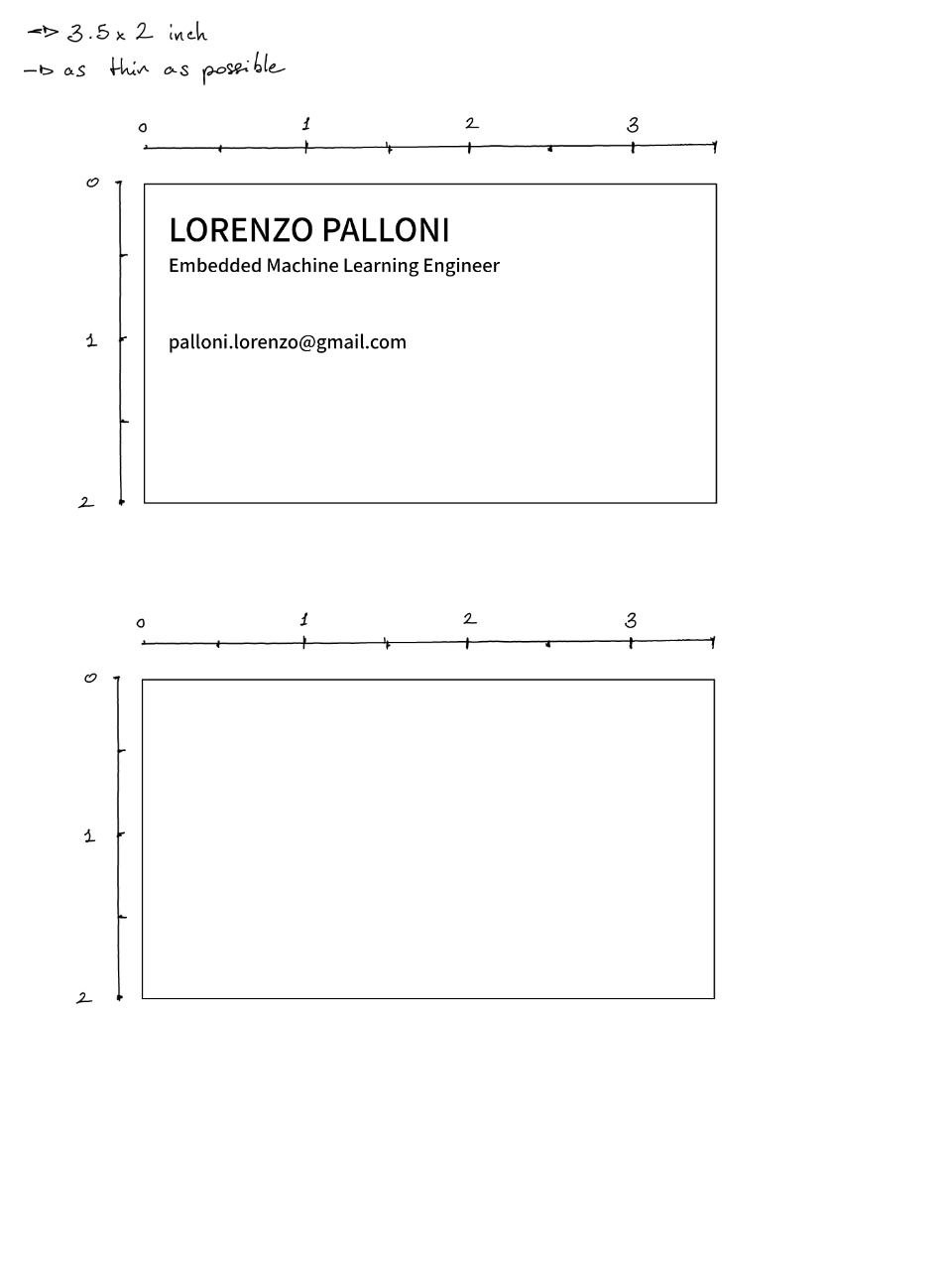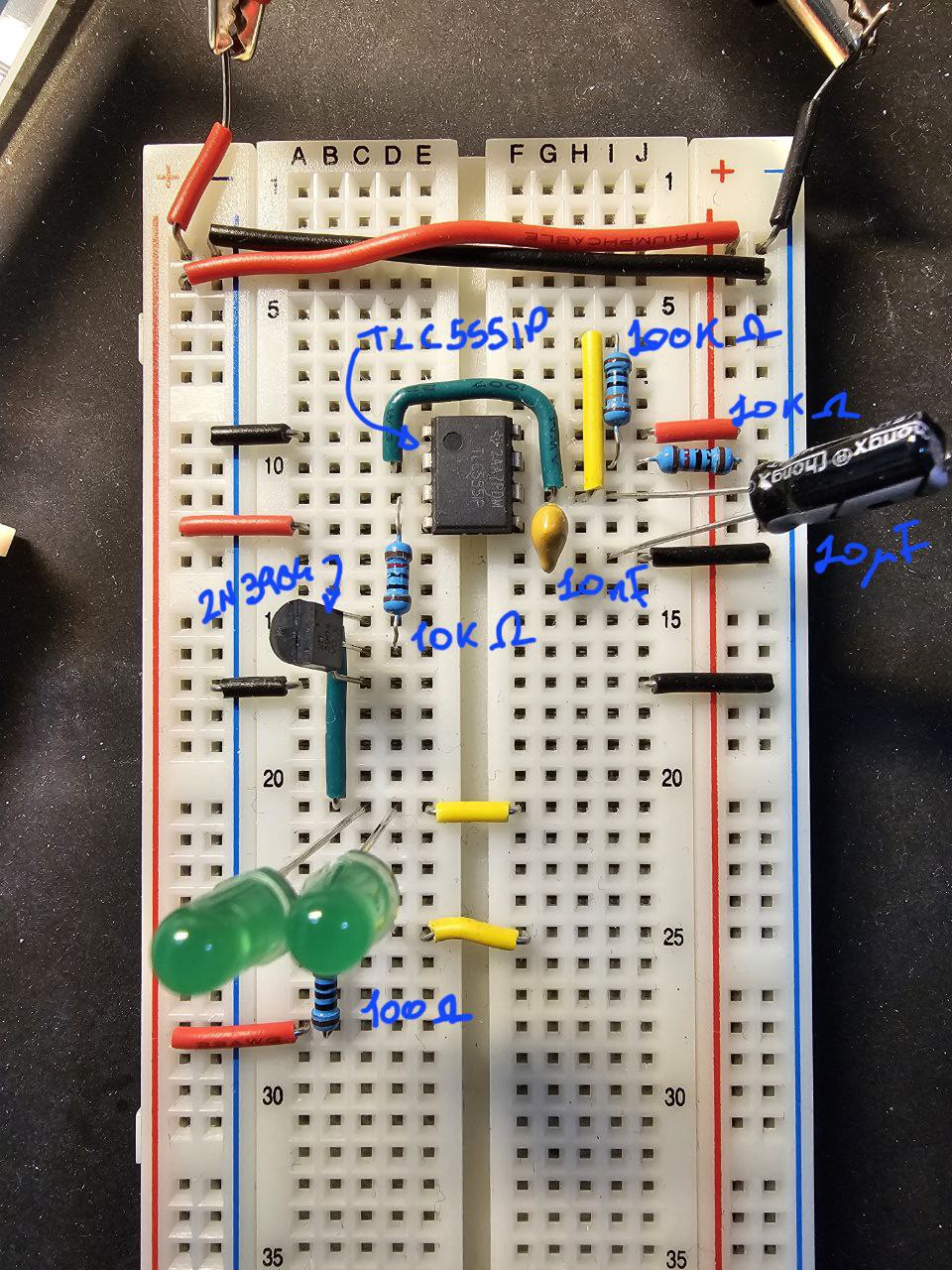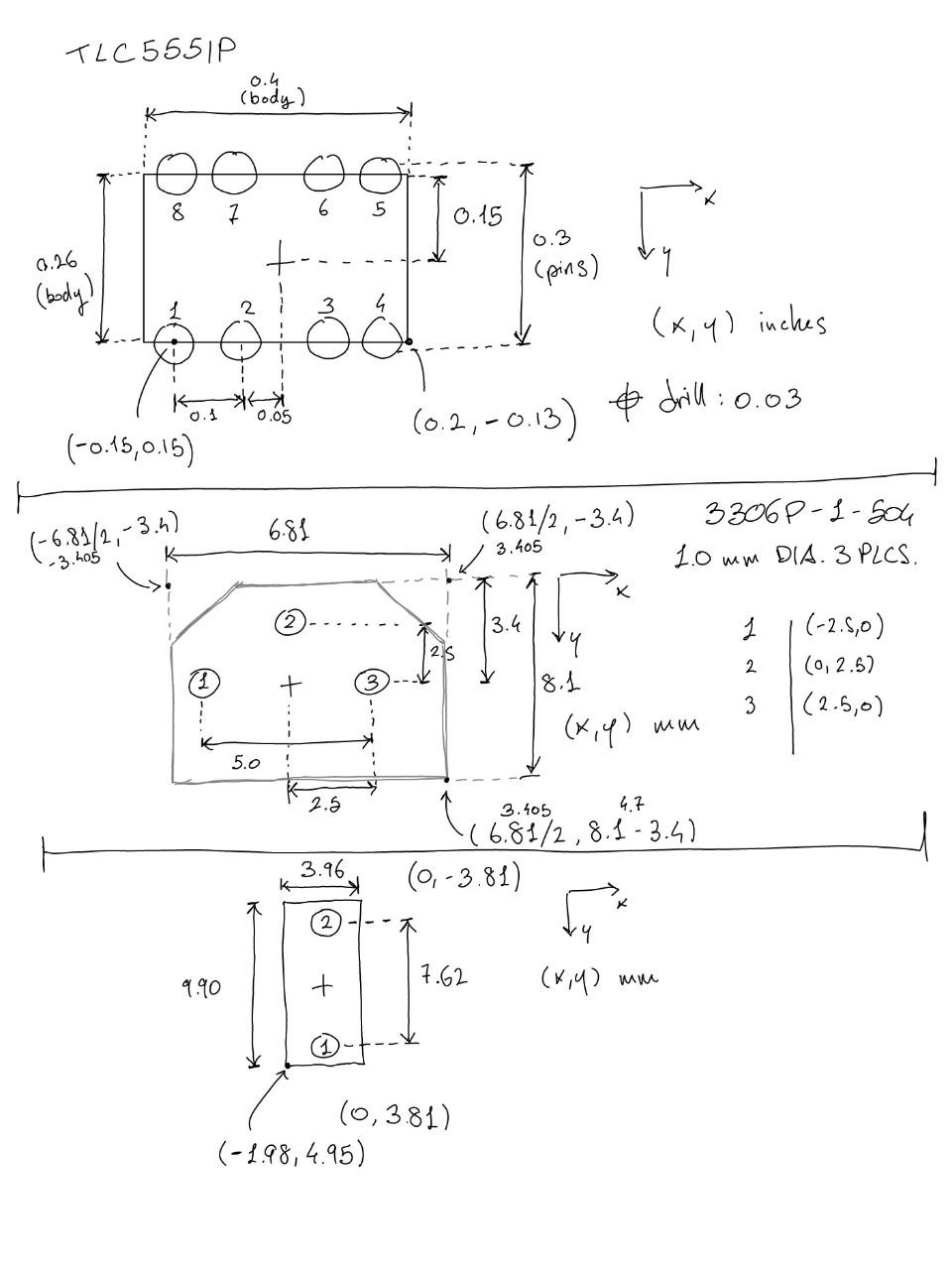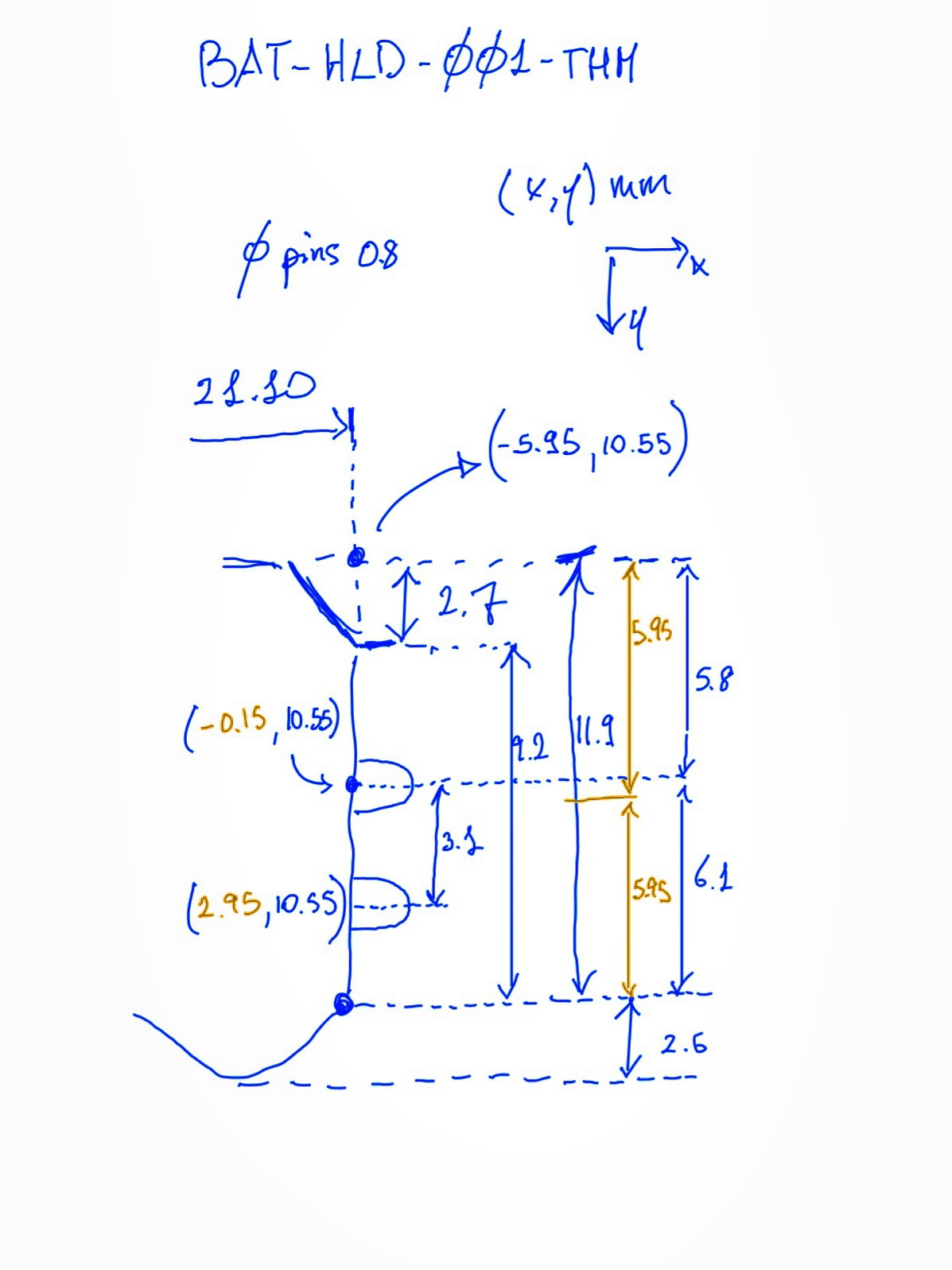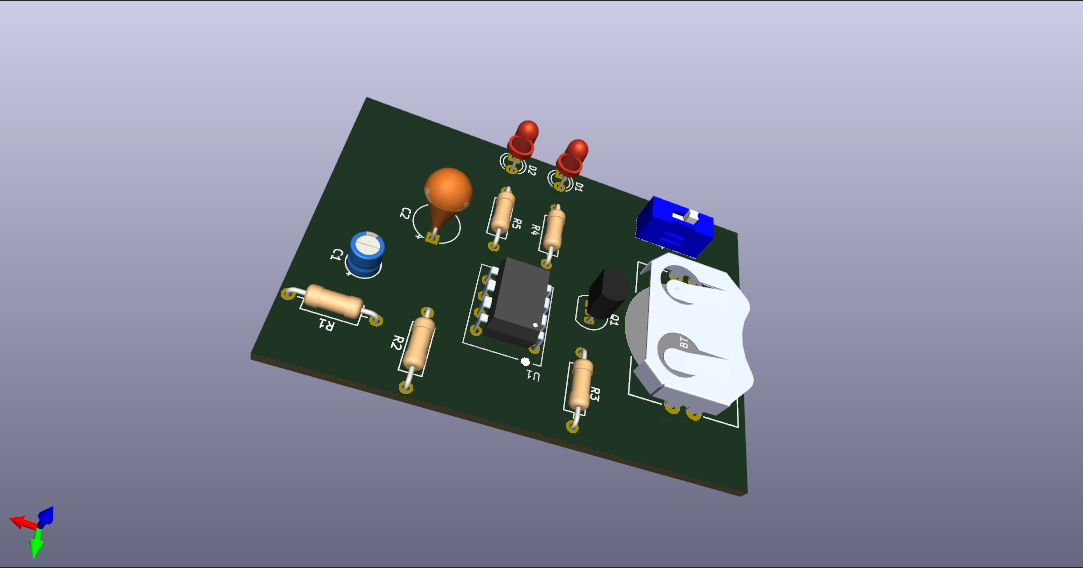-
I cannot believe it actually works! O.o
07/16/2024 at 12:30 • 0 commentsI ordered only 5 PCBs, because I wasn't 100% sure they would work. My main concern was the thickness of about 1 mm. Eventually, soldering was easier than expected. Though I fried the first one after almost 2 hours of soldering, the second try actually worked out pretty well and only took me half an hour this time.
I received my custom PCBs after a couple of weeks after ordering them from PCBWay.
![]()
I took another shot, tuning some parameters of my Samsung s23 Ultra's camera in Manual Mode. Surprised by the quality change, I wanted to show the difference.
![]()
This is the one I fried.![]()
![]()
While the second one, after a bit of troubleshooting, turned on!![]()
I also did a short video demo, which I put on YouTube and in the project details here on Hackaday. -
I ordered my first PCB! :D
06/29/2024 at 13:59 • 0 commentsIt's official, I placed the order on PCBWay!
I'm eager to see if the board will work. 😬
The cost was pretty low: $6.5, and with a discount coupon, it was just $1.5. Including shipping, I paid about $10.0.
I chose a thickness of 1.0 mm instead of the default 1.6 mm. The cost was the same, but I'm worried that the PTH components might be too heavy for the thinner board.
![]()
-
How it started
06/29/2024 at 13:25 • 0 commentsAt the beginning, I started outlining the business card in my e-paper tablet, using a ruler to understand the actual size.
![]()
I wanted to stay simple with the electronics involved because I'm quite a newbie in this field. So, I thought about combining a couple of examples I saw in the book “Make: Electronics” by Charles Platt and the Shawn Hymel's tutorial on KiCad. Eventually, I came up with the following circuit on a breadboard. Not just any breadboard, but the Ben Eater's favourite: the BB830. :)
![]()
Some components needed to be measured carefully. So, with some datasheets at hand, I spent quite some time figuring out the exact sizes.![]()
![]()
Ah, this is how the board looked in the KiCad 3D viewer:![]()
Naive Business Card
Learning PCB Design by creating a simple business card with LEDs whose blinking frequency is adjustable.
 Lorenzo Palloni
Lorenzo Palloni